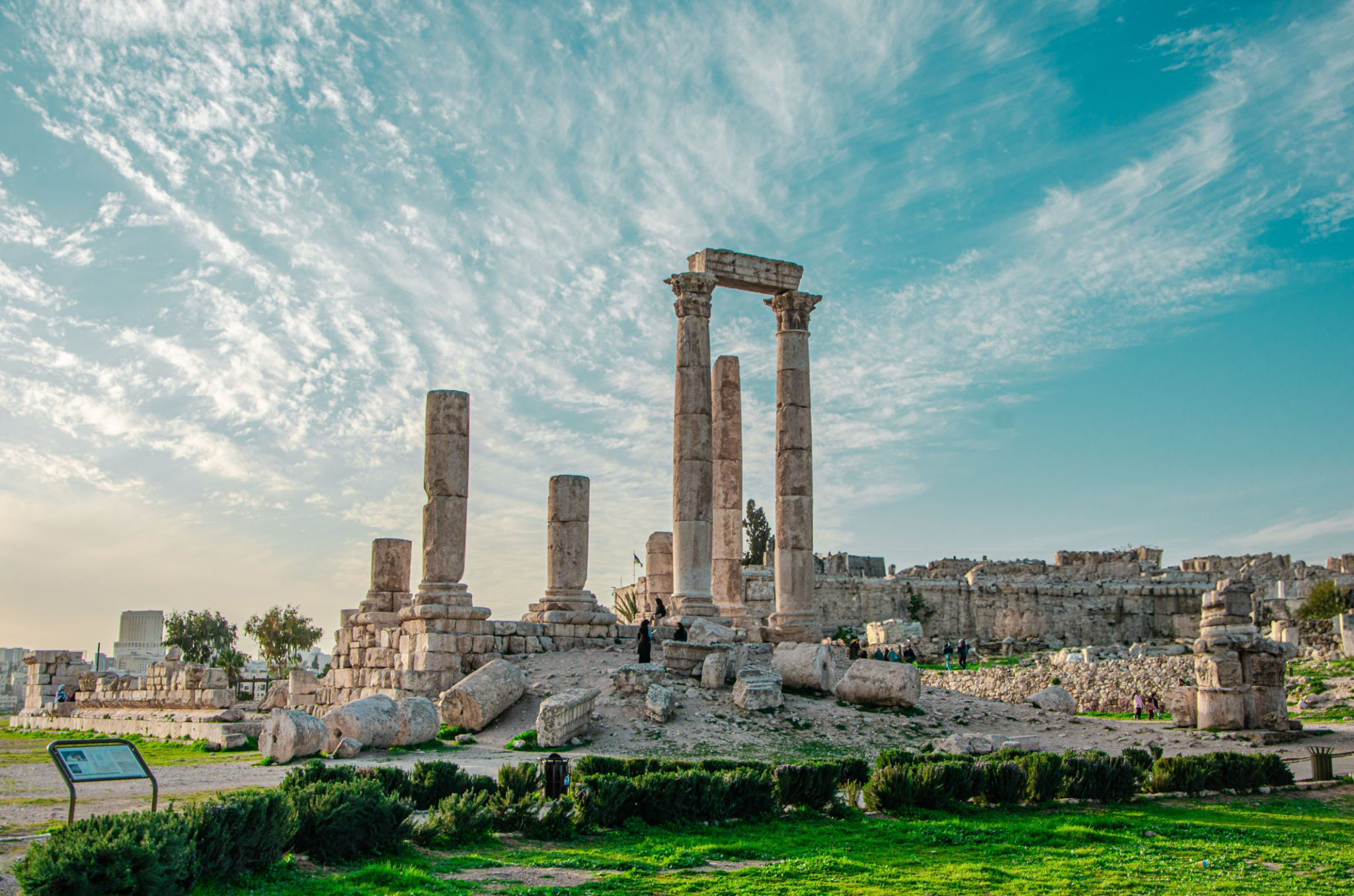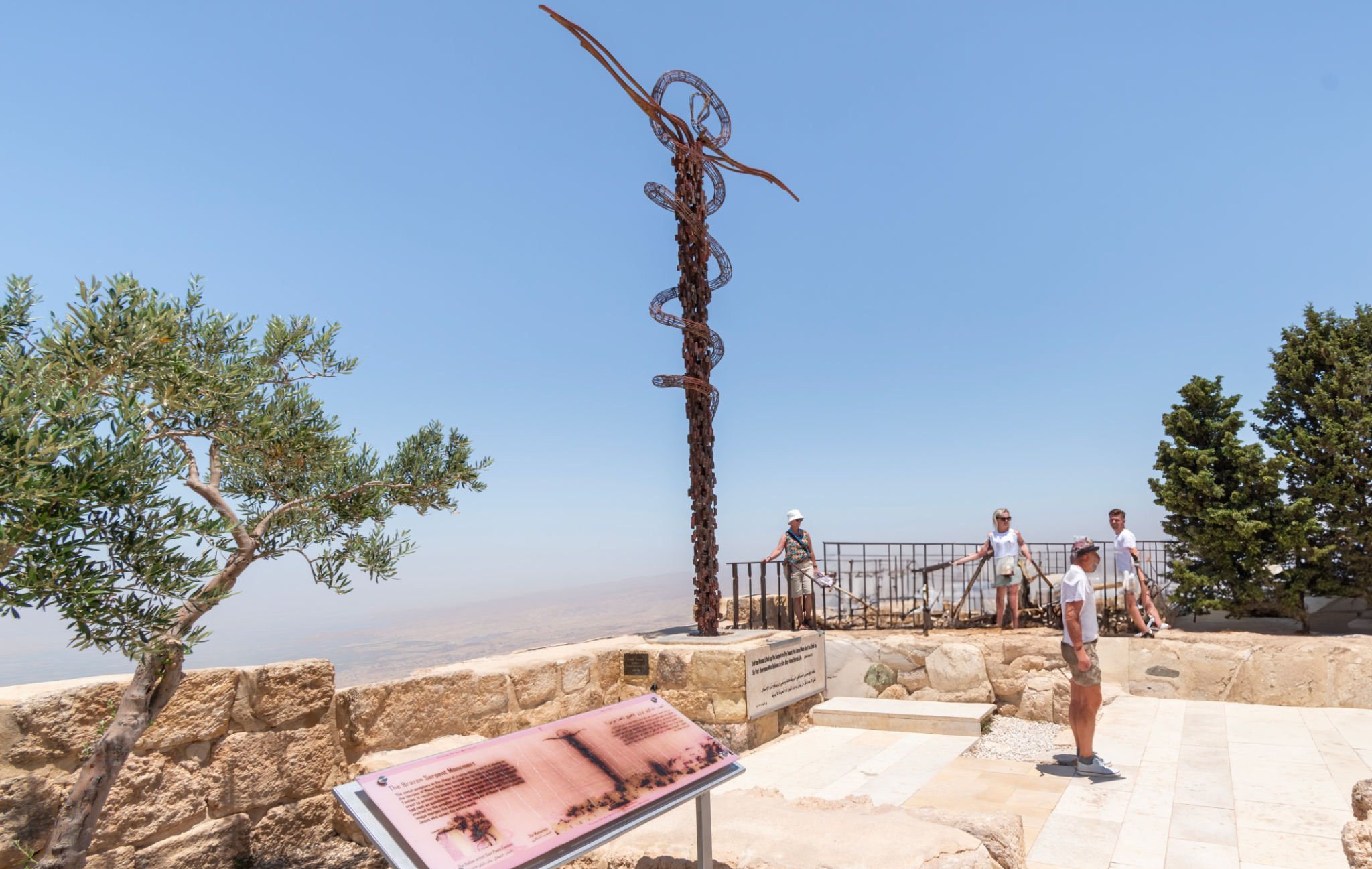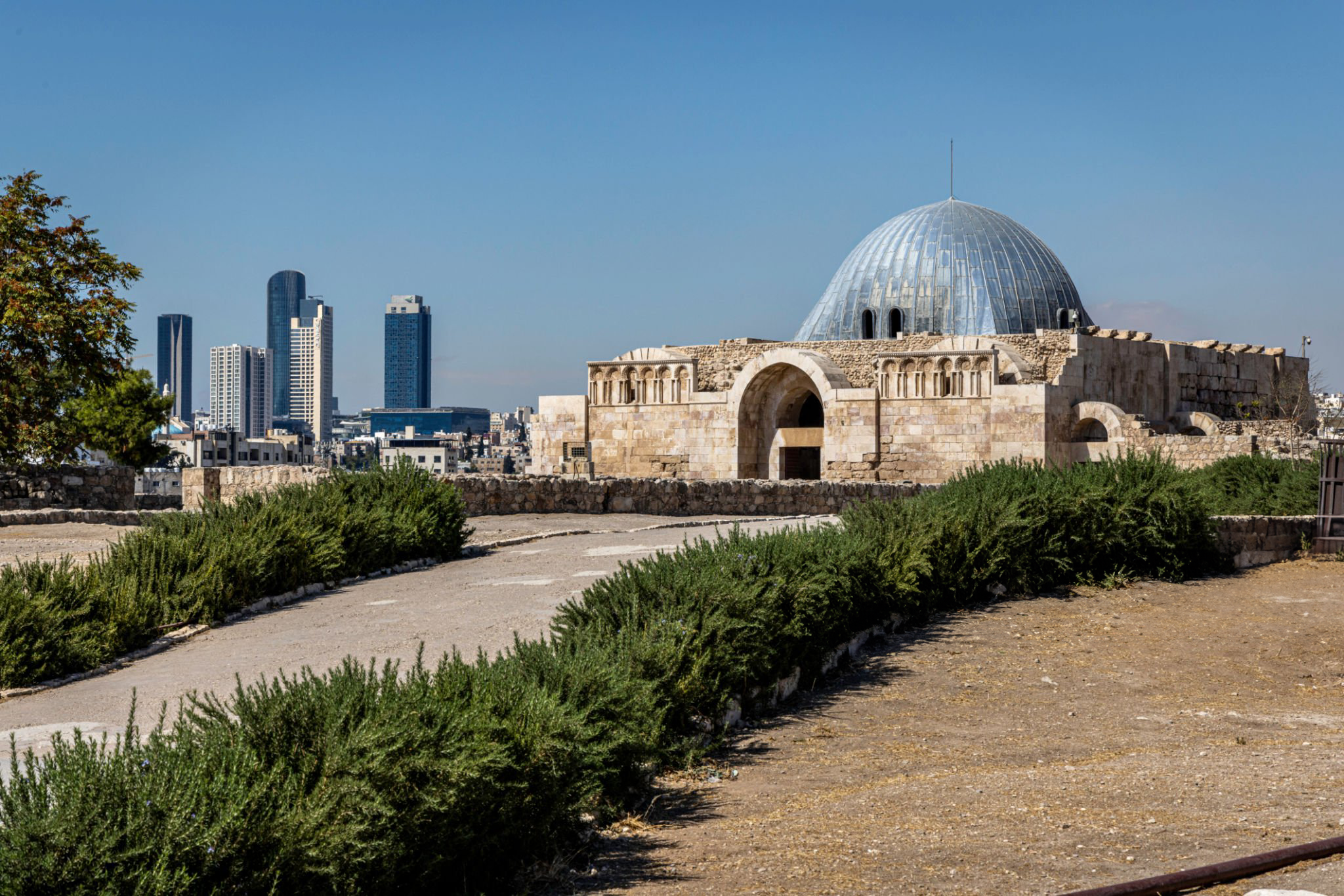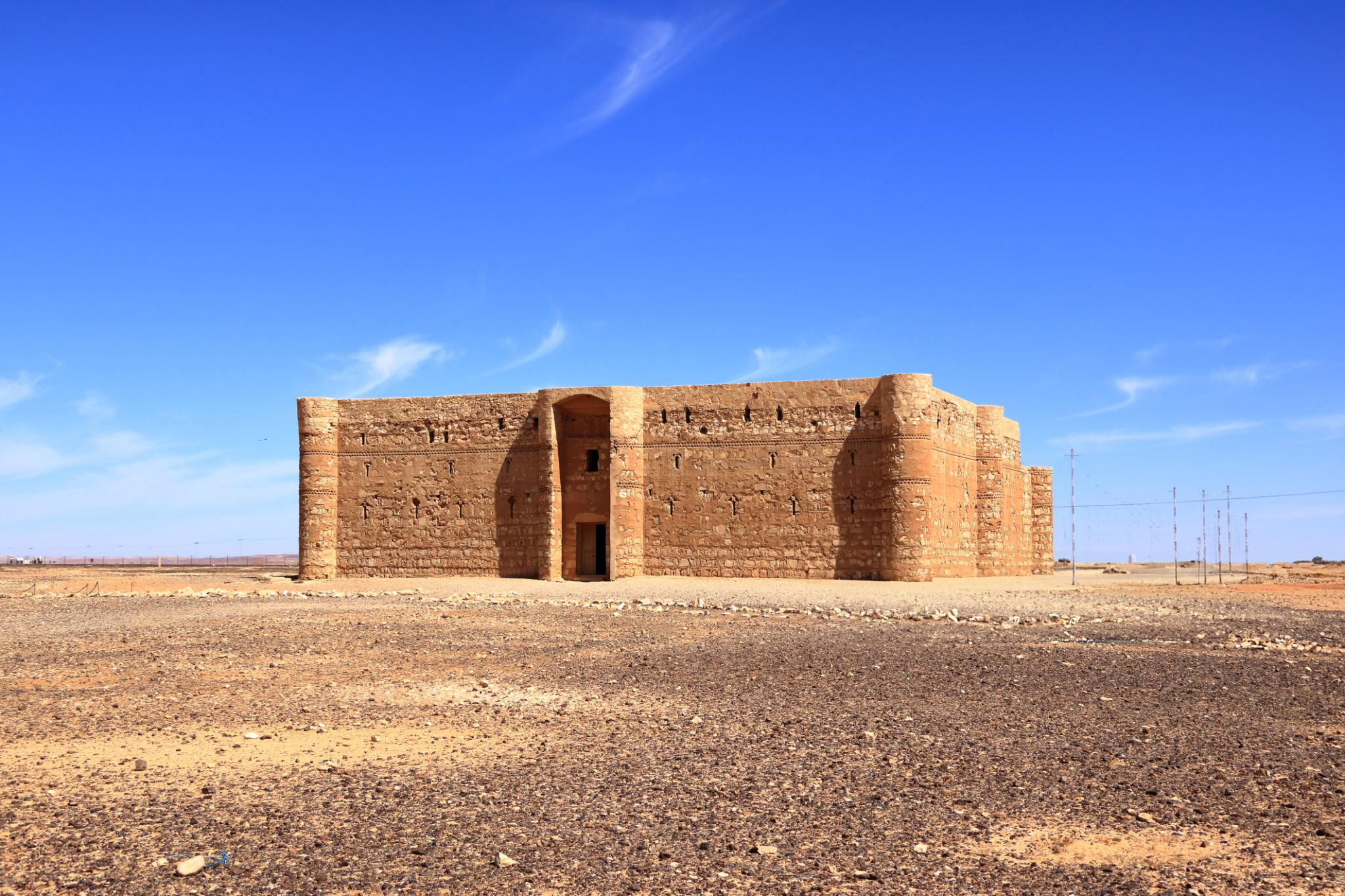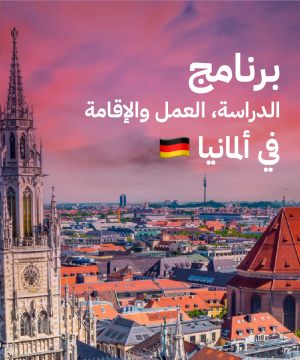Amman: A City of Layers and Legends
Imagine walking through a city where the stones beneath your feet have witnessed the rise and fall of empires, where every street corner whispers stories of ancient kings, Roman gladiators, and bustling souks. A city where minarets call out above Byzantine churches and sleek skyscrapers stand shoulder to shoulder with centuries-old ruins. That’s Amman—Jordan’s capital, where history and modernity coexist, not in opposition, but in a vibrant harmony that breathes life into every corner.
The City of Seven Hills: A Living Mosaic
Amman is often called “the city of seven hills,” but it’s so much more than just topography. Each hill represents a different era, a different civilization that left its mark on this historic land. Step back in time to the Bronze Age, when this city was known as Rabbath Ammon, the heart of the Ammonite Kingdom. The Ammonites, a resilient Semitic people, left behind a legacy woven into the very fabric of the region’s identity. Today, their name lingers in the wind that sweeps across the hills, a quiet reminder of those who built the foundations of what we now call Amman.
Roman Glory and Byzantine Brilliance
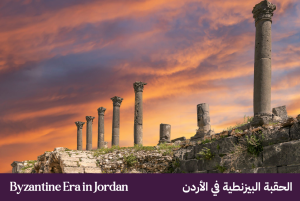
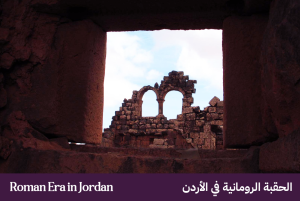
Fast forward to the 1st century AD, and you’ll find yourself in Philadelphia—not the American city, but the Roman name given to this ancient capital. Under Roman rule, Amman became a bustling hub of commerce, its streets alive with traders and scholars. Picture grand Roman theaters filled with laughter and applause, towering columns of temples dedicated to distant gods, and public baths where citizens gathered to gossip and relax. The Roman Amphitheater, still standing proud, is a relic of this era—an open-air cathedral of history where you can almost hear the cheers of spectators from centuries ago.
But the Romans weren’t the only ones to leave their mark. As the Byzantine Empire rose, Amman became a beacon of Christian faith, its hills dotted with churches and monasteries. Imagine wandering through ancient ruins where mosaic floors still glisten under the sunlight, silent witnesses to a time when the city was a spiritual center for pilgrims and priests alike.
The Islamic Renaissance and Ottoman Quiet
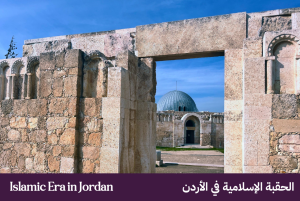
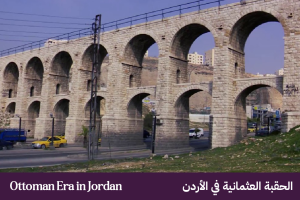
The 7th century brought the winds of change with the arrival of Muslim armies. Philadelphia became Amman once again, and the city entered a new era of intellectual and cultural renaissance. Under the Umayyad Caliphate, Amman thrived, its streets now filled with scholars, poets, and artisans. Picture bustling markets filled with the scent of spices and the hum of conversation, where merchants from distant lands bartered goods and ideas alike.
By the time the Ottomans arrived in the 16th century, Amman had settled into a quieter rhythm, overshadowed by other regional powerhouses. Yet, like a sleeping giant, it waited for its moment to rise once more. That moment came in the early 20th century with the Arab Revolt, and Amman began its transformation from a quiet Ottoman outpost into a modern metropolis.
Amman’s Modern Metamorphosis

As the capital of the newly established Kingdom of Jordan in 1946, Amman was no longer a city content with looking back—it became a symbol of Jordan’s future. Today, it’s a city that moves at the pace of progress. Imagine shiny glass towers piercing the clouds, while down below, bustling souks still pulse with life, selling everything from vibrant textiles to fresh falafel. It’s a place where East meets West, where you can sip Arabic coffee while watching young entrepreneurs map out tech startups in the cafés.
Where the Past Speaks
If you’re curious about where Amman’s past comes alive, the city offers a treasure trove of historical wonders:
- The Roman Amphitheater
- Jerash
- The Citadel
- The Archaeological Museum
A City of Contrasts and Continuity
Amman is a city that thrives on its contrasts. It’s where the old meets the new, where Bedouin traditions brush shoulders with contemporary art galleries. Picture wandering through a market that smells of cardamom and cumin, only to look up and see a sleek modern tower reflecting the sunset. It’s a city where you can explore ancient ruins in the morning and enjoy fine dining in a rooftop restaurant by evening, the glittering cityscape spread out beneath you.
Whether you’re a history buff eager to trace the steps of past empires or a traveler looking for a unique blend of cultures, Amman will capture your heart. It’s a city that remembers its roots, even as it reaches for the future—a true testament to the beauty of time and change.
So come, and let Amman tell you its story.

